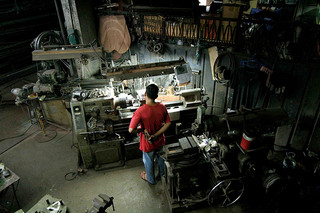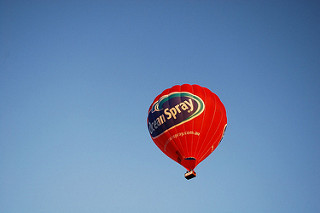Railroads and Pipelines Compete for Shares of the Crude Oil Transportation Market

As the United States and Canada gear up to transport record amounts of crude oil from fracking sites to refineries, and in turn, to consumers around North America, railroad companies and pipeline owners are in stiff competition for the business of handling these hauls. By the year 2014, the U.S. is expected to be producing 8.5 million barrels of crude oil per day, according to the U.S. Energy Information Administration. In the U.S., there is currently a network of 180,000 miles of pipelines in place to transport crude oil and other petroleum products. Currently, this network is handing about 13 billion barrels of oil per year. This transportation takes place in pipelines with 99.999 percent of the transports arriving with no safety infractions. Within the railroad industry, 140,000 miles of railroad passageways are transporting 234,000 carloads of crude oil per year, with a safety record of 99.998 percent safe transports. This is up from just 9.500 carloads of crude oil transported in the year 2008 and is expected to exceed 400,000 carloads by the end of 2013.
Though both methods of transport are considered safe, pipelines do have a higher safety record than trains. However, the benefit of transporting by train is the ability to be flexible, and to redirect shipments of crude oil or other petroleum products in ways that are impossible with pipelines. This means that pipelines are superior to trains, until the issue of flexibility comes into play, at which time trains become the clear transportation of choice.
Both industries are gearing up to meet the needs of the oil industry in the coming decades. This provides a host of new job opportunities for all levels of workers, from development engineers down to on site workers. Pipeline operators spent $1.6 billion in 2012 to insure the safety of their equipment. New regulations in the railroad industry are helping make that industry safer for transport as well.








